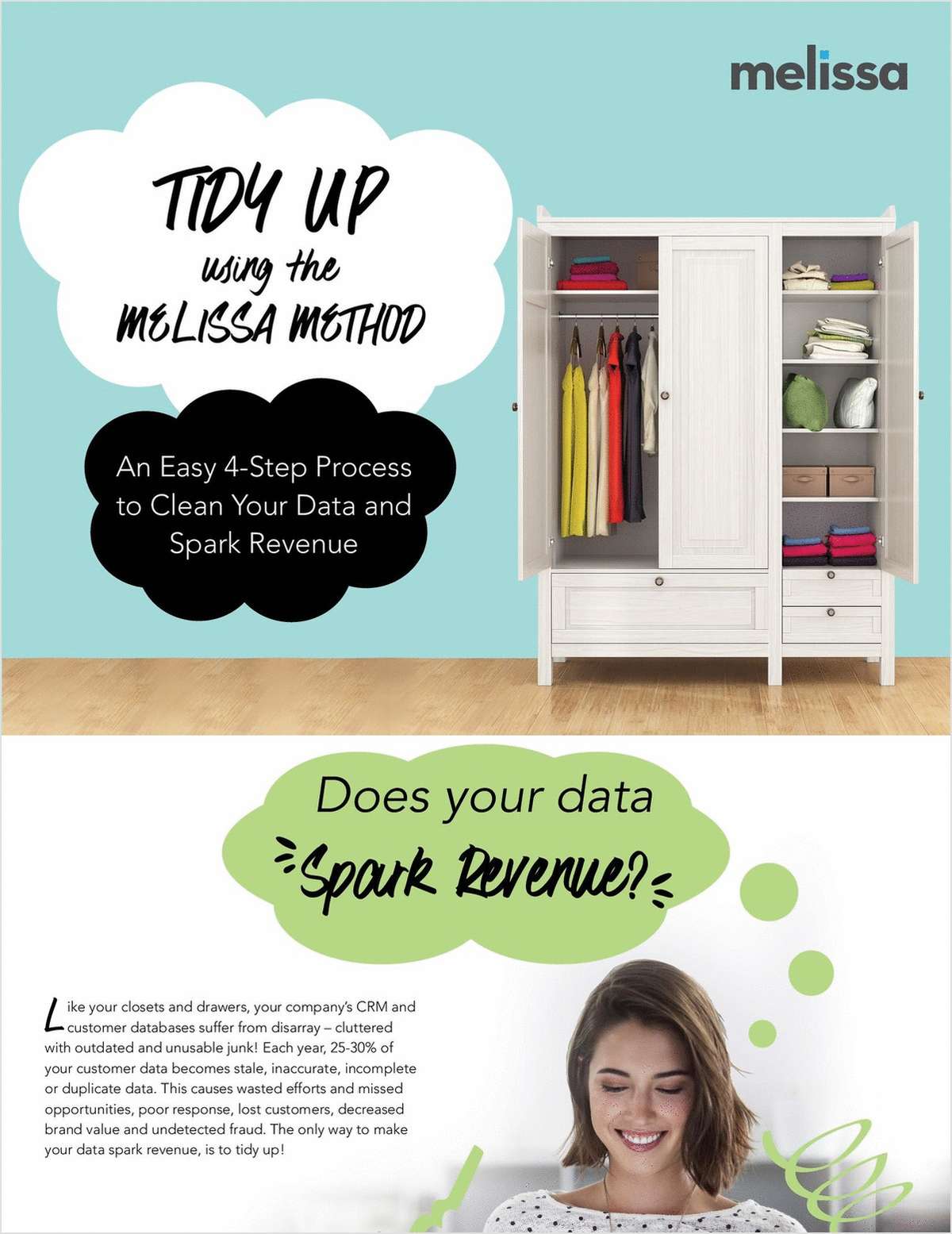A study shows technology vendors often are too busy trying tosell products to listen to what insurance carriers feel are theirtrue technology needs.
|After interviewing vendors and insurance carriers on the subjectof insurance IT sales practices, Celent Communications insurancegroup manager Matt Josefowicz concludes there is a widespreadproblem with a fairly simple solution. In a lot of cases, [theissue] comes down to communication and a willingness to listen tothe customer, he says. The feedback we received from IT buyers isthey are not getting the right information from the vendors.
|If a vendor isnt helping its customers find the right solutionto their technology needs, the consensus is the vendor is wastingits time and that of its customers. On the business-to-businessside, Josefowicz suggests inverting the adage Insurance is sold,not bought. I think the exact opposite is true for insurancetechnology, he says. Insurance technology is bought, not sold.There is no way to persuade an insurer to buy technology [theinsurer] doesnt think it wants.
|The best strategy for vendors, he advises, is to ensure theyhave a clear message, they are providing their prospect with theright level of information for the clients role in thedecision-making process, and they are communicating where theirsolution fits into both the insurance value chain and the ITinfrastructure. Ive seen a lot of vendor pitches that are very highlevel, says Josefowicz. The vendor says, Our system solves businessproblems. But the vendor doesnt tell [the customer] exactly whatthe product is, exactly what it does, and exactly how [thecustomer] is going to implement it and give [the customer] at leasta ballpark figure of what it is going to cost. Those are thingsthat decision-makers up and down the decision chain need.
|The person representing the product doesnt necessarilyunderstand how the product will fit the customers needs, Josefowiczobserved. This often happens with smaller technology companieswhere the founding team tends to be more product than salesoriented. While the product developers frequently come out of theinsurance industry and know how the product is going to fit acustomers needs, the designers usually are not selling. Typically,the director of sales tends to be the first outside hire, accordingto Josefowicz, and that sales person doesnt necessarily have anintimate knowledge of the product. A sales team is brought in withtechnology-sales expertise or even some kind of industry-salesexpertise but usually doesnt have a deep familiarity with theproduct, he asserts. Companies underinvest in training their salespeople.
|One of the reasons vendors fail to spend much time listening totheir clients, Josefowicz believes, is vendors are afraid they aregoing to talk themselves out of a sales opportunity. [Sales people]spend more time hammering away on what their product can do andless time listening to what it is the customer needs and whether[their product] can fulfill that need, he says.
|IT vendors have to be realistic about understanding when thereis no opportunity for a sale, Josefowicz adds, but he acknowledgesit is a difficult proposition for sales people working oncommission. When they have a meeting, they want to turn it into asale, he explains. But the best thing [vendors] can do is bevisible and clearly communicate their value proposition whencustomers are looking to buy a product in [the vendors]category.
|One of the issues Josefowicz discovered during his research wasvendors had a misunderstanding of what it means to research aprospective client. I talk to a lot of vendors that think if theyread the SEC files and understand the financial situation of thecompany, that somehow gives them an important edge in the salesprocess, he says. Thats good background reading, but the bestresearch you can do is to listen to your prospect and understandwhat its specific business issues are and how you can help.
|ROBERT REGIS HYLE
Want to continue reading?
Become a Free PropertyCasualty360 Digital Reader
Your access to unlimited PropertyCasualty360 content isn’t changing.
Once you are an ALM digital member, you’ll receive:
- All PropertyCasualty360.com news coverage, best practices, and in-depth analysis.
- Educational webcasts, resources from industry leaders, and informative newsletters.
- Other award-winning websites including BenefitsPRO.com and ThinkAdvisor.com.
Already have an account? Sign In
© 2024 ALM Global, LLC, All Rights Reserved. Request academic re-use from www.copyright.com. All other uses, submit a request to [email protected]. For more information visit Asset & Logo Licensing.








